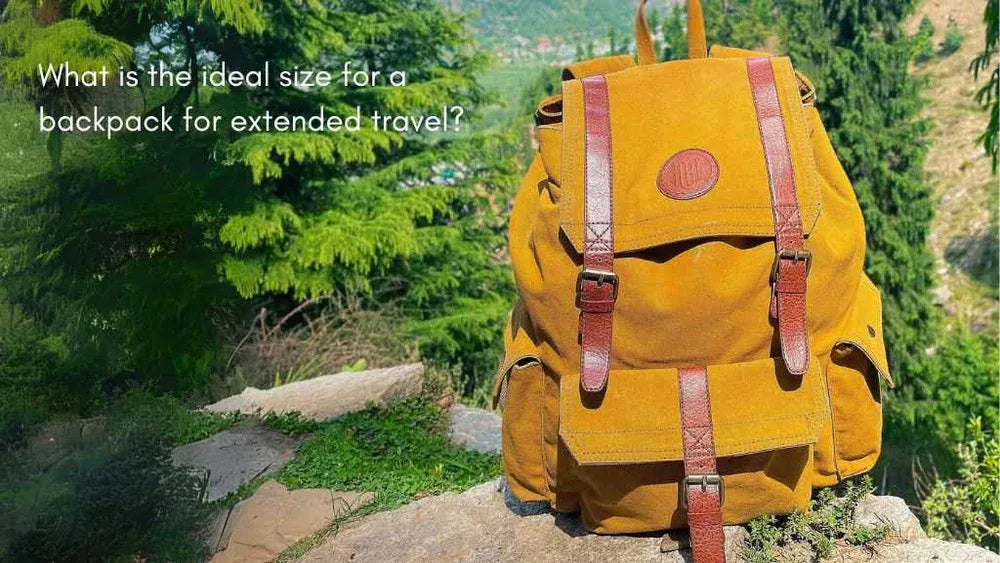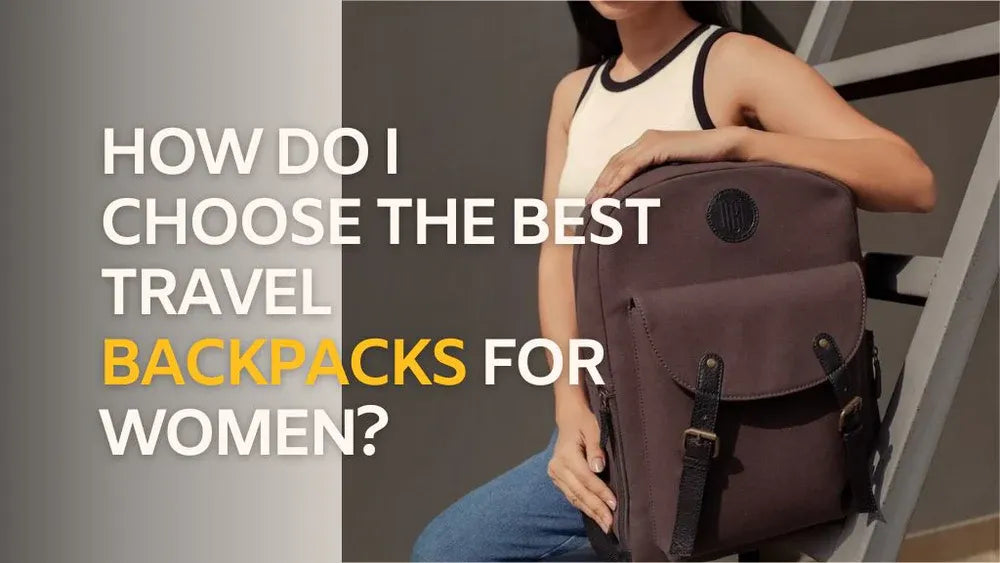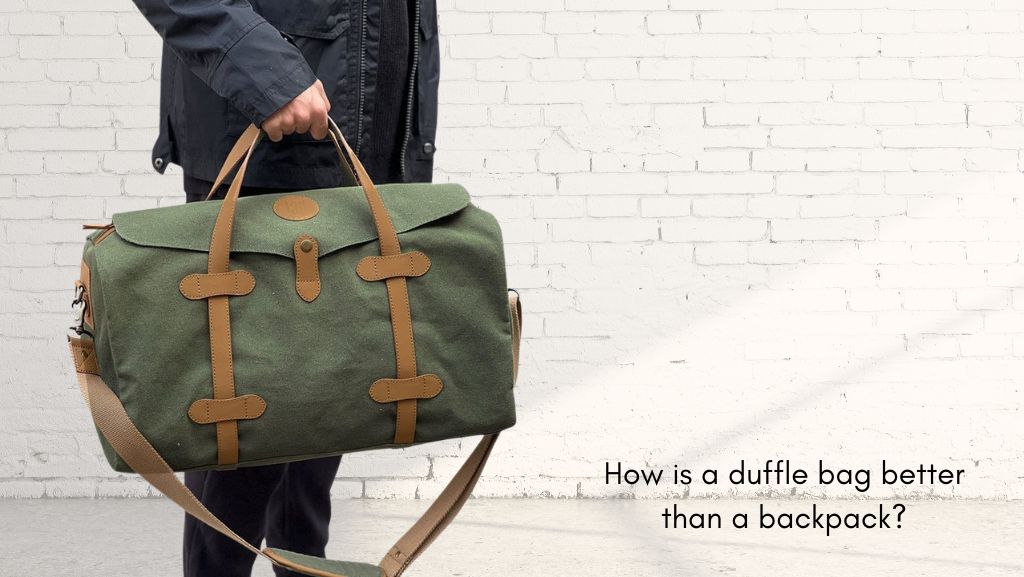
What is the Ideal Size for a Backpack for Extended Travel?
When planning for extended travel, choosing the right backpack is crucial. It’s more than just a bag; it’s your mobile home, your closet, your office, and sometimes even your kitchen. The right size can make your journey comfortable and organized, while the wrong one can turn your adventure into a nightmare. So, what’s the ideal size for a backpack when you’re heading out on a long trip?
Understanding Backpack Capacity: Liters Matter
Backpack size is typically measured in liters, representing the volume it can hold. For extended travel, you’ll want to aim for a pack that balances space with portability.
- 30-40 Liters: Ideal for minimalists. If you can pack light and live off the essentials, a 30-40 liter backpack could be your best friend. It forces you to prioritize, making your load lighter and your travel experience smoother. Great for warm-weather destinations where you don't need bulky clothing.
- 40-50 Liters: The sweet spot for most travelers. This range offers enough space for a variety of outfits, basic toiletries, and some extras without being too cumbersome. It’s versatile enough for both city hopping and trekking in nature.
- 50-70 Liters: For those who need more. If you’re traveling to cold climates or need to carry extra gear like camping equipment, a larger backpack in this range will be necessary. Just be cautious—more space can lead to overpacking, which can slow you down and strain your back.
The Type of Travel Influences Size
Your travel style and destination play a huge role in determining the ideal backpack size.
- Urban Exploration: If your travels involve hopping from one city to another, a smaller, sleeker backpack (30-40 liters) might be all you need. It’s easier to carry on public transport, stow in overhead compartments, and navigate through crowded streets.
- Backcountry Adventures: Heading into the wilderness? You’ll need a larger pack (50-70 liters) to carry camping gear, food, and extra clothing. The last thing you want is to run out of space when you’re miles away from civilization.
- Long-Term Travel: Planning to be on the road for months? A mid-sized backpack (40-50 liters) strikes the right balance. It’s large enough to fit your essentials, yet small enough to avoid the bulk of a large pack.
The Importance of Comfort and Fit
Size isn’t just about volume; it’s also about how the backpack fits your body. No matter how well-packed, an ill-fitting backpack can cause discomfort and even injury.
- Torso Length: The length of your torso, not your height, should determine the backpack’s size. Most brands offer adjustable straps to customize the fit. Make sure the pack sits snugly against your back without sagging.
- Hip Belt: A good hip belt is essential for transferring weight from your shoulders to your hips, which is crucial for extended travel. Ensure the hip belt is padded and fits comfortably around your waist.
- Shoulder Straps: Look for wide, padded shoulder straps that distribute weight evenly. They should be adjustable and sit comfortably on your shoulders without digging in.
Flexibility is Key
While it’s tempting to fill every inch of your backpack, leave some room for souvenirs or new items you pick up along the way. A slightly under-packed bag is easier to manage and can adapt to changes in your travel plans. If you’re moving from a warm to a cold climate, having extra space for a sweater or jacket will come in handy.
Pro Tip: Before committing to a backpack, do a trial run. Pack it as you would for your trip and wear it around the house or on a short hike. This will give you a sense of how it feels when fully loaded and whether any adjustments are needed.
Final Words
The ideal size for a backpack during extended travel isn’t one-size-fits-all. It depends on your travel style, destination, and personal preferences. However, by understanding the importance of capacity, comfort, and smart packing, you can find the perfect backpack that will make your journey not just bearable but enjoyable.
The right backpack is more than just a bag—it’s your trusted travel partner.



